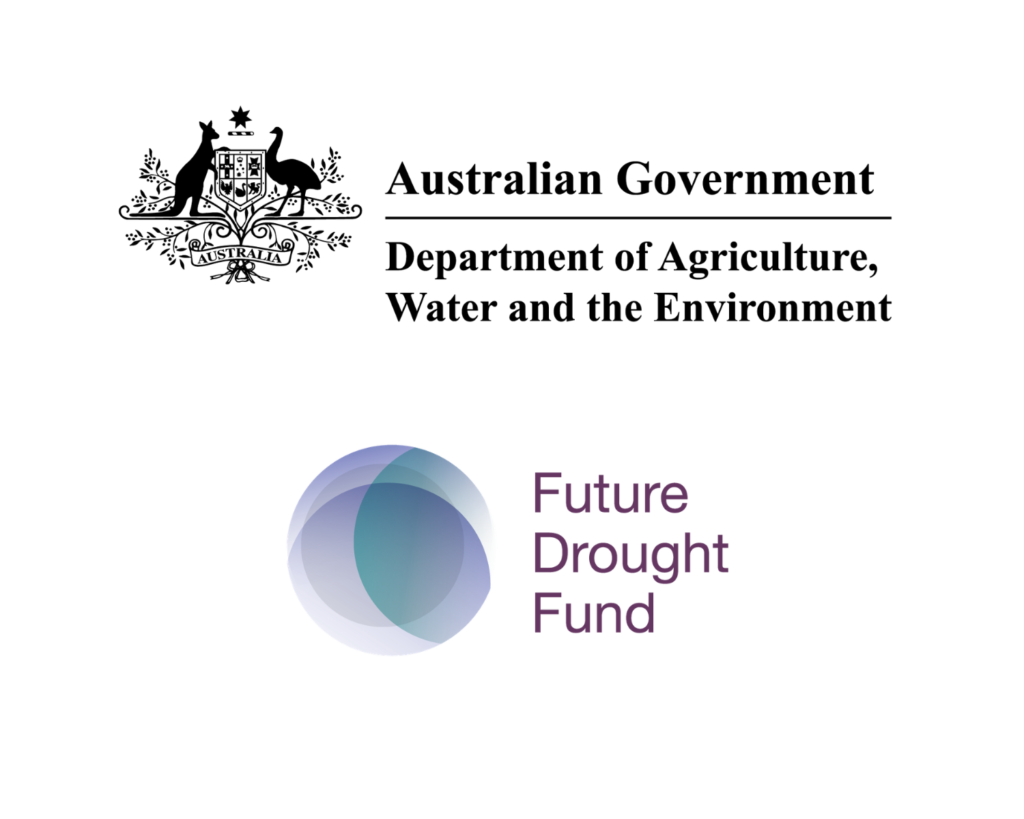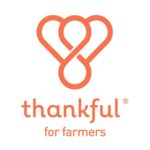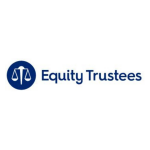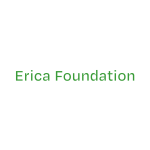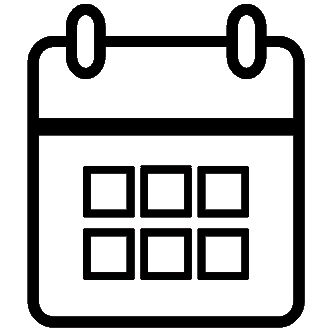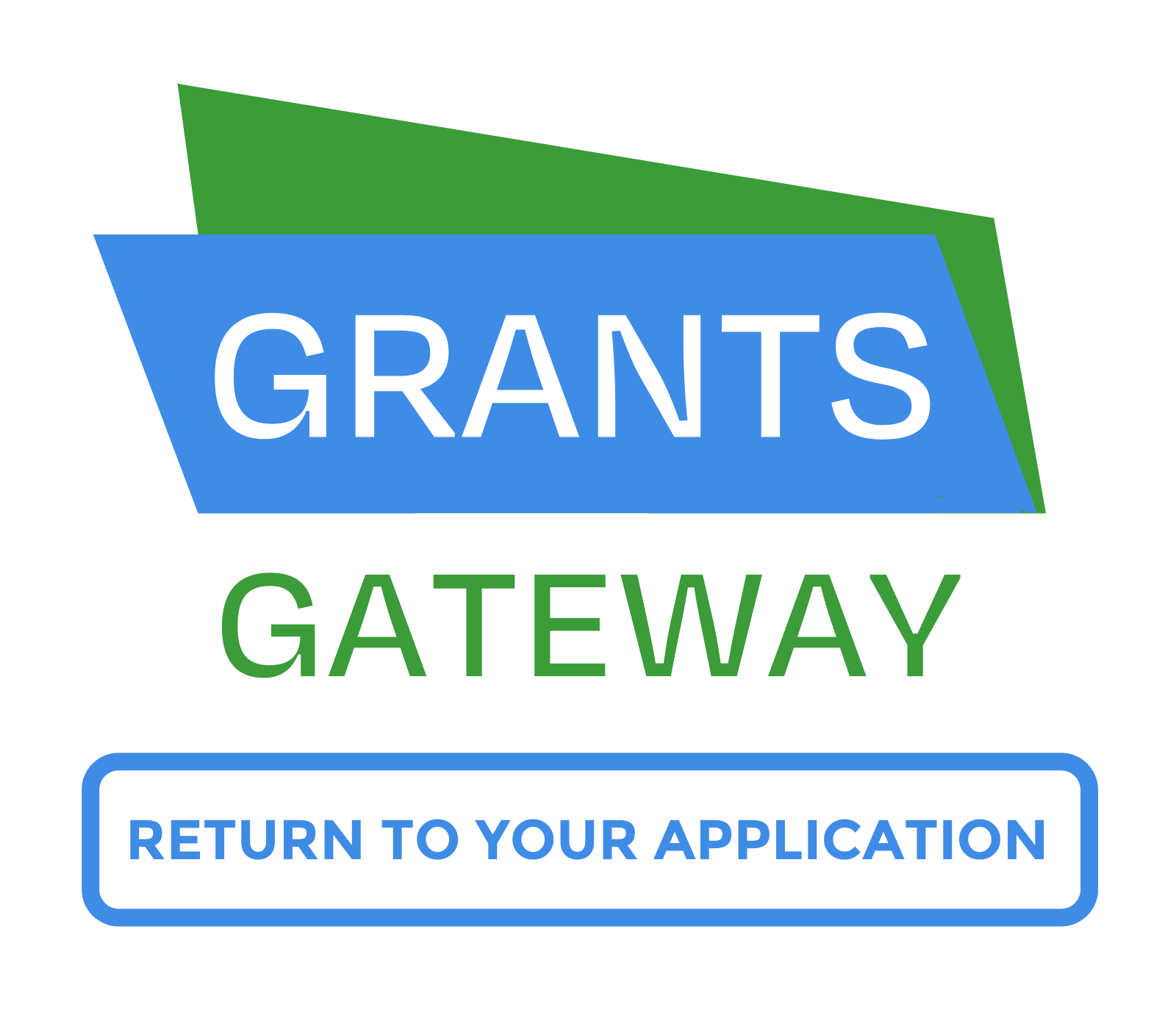Future Drought Fund’s Networks to Build Drought Resilience
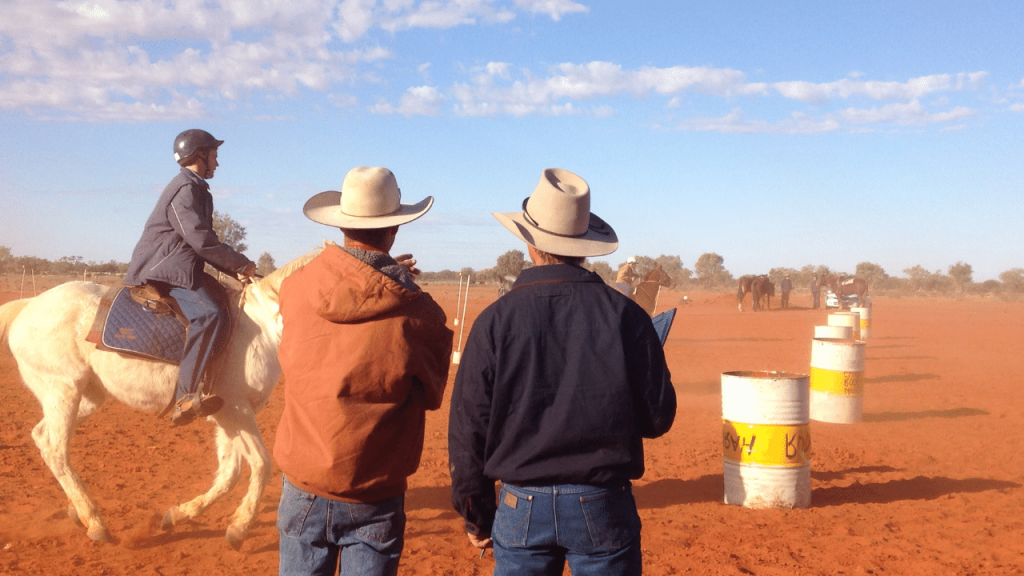
The Australian Government’s Future Drought Fund provides a sustainable source of funding to help remote, rural and regional communities, and farmers, become more prepared for, and resilient to, the impacts of drought. The Fund is part of the Government’s Drought Response, Resilience and Preparedness Plan.
The Networks to Build Drought Resilience Program is one of the Fund’s foundation programs. It is designed to build community capacity by strengthening social and community networking, support, engagement and wellbeing.
The aim is to build an enduring resilience to the impacts of climate change, drought, and enhance the public good in agriculture-dependent communities.
Proudly supported by
Activities funded must be completed by 29 August 2022
All activities that receive funding must be completed by 29 August 2022, and fully acquitted no later than 03 October 2022.
How to apply
Please read the information on each of the three tabs below to make sure this is the right grant for your project.
I have a question, who can I talk to?
Jane Crane
Email: futuredrought@frrr.org.au
Phone: 1800 170 020
Please note the following definitions for this program:
- Drought resilience means the ability to adapt, reorganise or transform in response to changing temperature, increasing variability and scarcity of rainfall and changed seasonality of rainfall, for improved economic, environmental and social wellbeing.
- Agriculture-dependent communities refer to remote, rural, and regional communities vulnerable to the impacts of drought.
- Networks are informal or established groups of people that meet to facilitate professional, social and community connection, resulting in improved community wellbeing over time.
- Not-for-profit refers to an organisation that does not operate for the profit, personal gain or other benefit of particular people (for example, its members, the people who run it or their friends or relatives).
If you want to explore other grant options, please go to Find Funding Now.
Confirm you are eligible to apply for this grant
To make sure this is the right grant for your community, please read the grant information below carefully. Click on each headline to reveal the detail.
What are the program objectives?
The Future Drought Fund’s Networks to Build Drought Resilience program provides agriculture-dependent communities across remote, rural, and regional Australia with the opportunity to access funds for a broad range of initiatives that benefit local communities to strengthen their resourcefulness, adaptability, and capacity to thrive.
The program is designed to support community organisations to develop locally generated initiatives that build strong social connectedness, strengthen social capital, and support transformative activities to be more prepared for, and resilient to, the impacts of drought.
It is part of the Australian Government’s commitment to support Australian agricultural communities to be sustainable and productive.
Is this grant available in my area?
The Networks to Build Drought Resilience program is a national program with funding available in all agriculture-dependent communities across remote, rural and regional Australia.
How much funding is available?
Thanks to a partnership between the Australian Government’s Future Drought Fund, FRRR and a wide range of collaborative donors, the Networks to Build Drought Resilience program has funding available to support agriculture-dependent communities to be more prepared for, and resilient to, the impacts of drought.
The program will offer three tiers of grants to not-for-profit organisations totalling $4.5 million over an 18-month period. Round 2 aims to fund approximately 65 projects.
- $10,000 to $20,000; (approximately 30 projects, events, or activities will be funded per round)
- $20,000 to $50,000; (approximately 32 projects, events, or activities will be funded per round)
- $50,000 to $150,000 (approximately 5 projects, events, or activities will be funded per round)
What can be funded? Are there priority areas?
The Future Drought Fund’s Networks to Build Drought Resilience Program will fund community-led events, projects, activities, training, and small-scale infrastructure that assist communities to build their capacity by strengthening social and community networking, support, engagement, and wellbeing to be more prepared for, and resilient to, the impacts of drought.
Projects that are community-led and focus on locally defined solutions to building drought resilience will be prioritised.
Projects must relate to one or more opportunity types:
OPPORTUNITY 1: Projects that strengthen the capacity, capability, and coordination of professional, social or community networks in agriculture-dependent communities to build drought resilience.
Criteria: Applicants must address how the proposed project will contribute to one or more of the following outcomes:
- Increase social connection in local networks;
- Increase community engagement, a shared sense of purpose and community belonging;
- Increase access, participation, and diversity in network participation; and/or
- Improve coordination and collaboration between social networks, other community organisations and sectors in local communities.
OPPORTUNITY 2: Events that facilitate professional, social and community connection to build understanding of risks posed by drought and climate change in agriculture-dependent communities throughout Australia.
Criteria: Applicants must address how the proposed project will contribute to one or more of the following outcomes:
- Increase opportunities for diverse people and communities to participate in networking events such as field days, conferences, forums, summits, and seminars;
- Build knowledge and understanding of the risks posed by drought and climate change;
- Contribute to building a positive community culture and provide people and communities with an opportunity to work collaboratively to solve problems;
- Foster higher rates of innovation in the local economy and agricultural sector; and/or
- Improve regional branding and recognition of local agri-food systems.
OPPORTUNITY 3: Training to improve the skills, understanding and capacity of community network members to participate in community risk management, planning and community driven projects that build drought resilience.
Criteria: Applicants must address how the proposed project will contribute to one or more of the following outcomes:
- Increase access to information and training to build drought resilience in their communities;
- Build knowledge and understanding of the risks posed by drought and climate change; and/or
- Increase the role and profile of professional, social and community networks in regional drought resilience planning.
OPPORTUNITY 4: Small-scale community infrastructure projects to foster connectedness, improve wellbeing and make community facilities resilient to the impacts of drought.
Criteria: Applicants must address how the proposed project will contribute to one or more of the following outcomes:
- Improve new and existing meeting places so they can be used year-round to support community wellbeing, improve connectivity, increase knowledge sharing; and/or
- Increase access to, broaden and increase community usage of the facility.
What can’t be funded?
There are a range of areas that we can’t fund through this program. If in doubt, please contact us.
- Projects that are not located in remote, rural, and regional Australia.
- Projects that support core business and areas of responsibility of Federal, State and Local Governments.
- Applications from sporting organisations need to clearly demonstrate charitable outcomes and benefit to the wider community that are above and beyond the sporting activities of the club, and demonstrate a clear linkage to drought resilience. This is because the encouragement or advancement of sport, recreation and social activities are not considered charitable activities under Australian law.
- Prizes, gifts, trophies, or awards.
- Projects solely focused on animal welfare.
- Activities that do not directly support agriculture-dependent communities.
- Activities that benefit a single individual rather than build long-term drought resilience and enhance the public good in agriculture-dependent communities.
- Activities that do not directly strengthen community networking, wellbeing, drought preparedness, or reduce the risk of social isolation associated with drought.
- Activities that duplicate existing projects or services in a particular community.
- Activities where costs have already been incurred because the activity has already been undertaken or will have been undertaken prior to the start of the activity.
- Activities outside of Australia or involving overseas travel.
- Activities that provide private and/or commercial benefit rather than not-for-profit or social enterprises activities.
- Business activities where the primary purpose is for profit.
- Activities already funded through another Australian, state or territory, or local government program.
- Provision of Funding to any person or organisation who have outstanding final reports from a prior Australian Government grant of financial assistance.
- Any costs that are not directly related to carrying out the Activity such as:
- preparation of grant application materials;
- protecting or patenting intellectual property;
- activities of a distinctly commercial or proprietary nature that are aimed at selling or attracting investment;
- developing, building, or producing commercial prototypes to commercialise a research project outcome;
- creation of new institutions;
- establishing new commercial ventures;
- core business expenses not directly related to carrying out the Activity, including administrative, overhead (and infrastructure not specified in a Project budget) costs, staff salaries (unless directly engaged in delivering the Funding Program) and relocation costs, travel and living allowances;
- financial support for feasibility studies;
- hospitality or catering beyond reasonable costs for providing refreshments at Activity-related events such as workshops or field days;
- purchasing of infrastructure not specified in a Project budget;
- the conduct of activities that could be considered part of normal business or ongoing operations, unless integral to the delivery of the Activity;
- purchase or acquisition of land or buildings;
- capital expenditure;
- activities involving political advocacy;
- production of clothing, equipment, or merchandise for distribution;
- subsidy of general ongoing administration of an organisation such as electricity, phone, and rent;
- major construction or large capital works.
Please contact us to discuss your eligibility prior to lodging an application if you are unsure.
Is my organisation eligible?
To apply, you must meet the following criteria:
- Applicant organisations must be a not-for-profit organisation with either an Incorporation Certificate and/or an ABN. If you are unsure if your organisation is a registered not-for-profit (for example, if you are a Co-operative, Other Unincorporated Entity, Public Company or Trust), please contact FRRR.
- Not-for-profit organisations with or without DGR-1 endorsement are eligible..
- The proposed project must be for charitable purposes and offer clear public benefit.
- Organisations can submit one application per grant round.
- Projects must benefit communities in remote, rural, or regional Australia that are agriculture-dependent.
Please note, you will be considered ineligible if the:
- Application is submitted by individuals, sole traders, private or commercial businesses (as per the submitted ABN).
- Application is submitted by an organisation that is not a legal entity (i.e., a registered not-for-profit), without the written consent of the governing / partnering body who holds the ABN / Incorporation Certificate.
- Application is submitted without required financial documentation.
- Final report/s from any FRRR grants awarded in the previous seven years have not been acquitted (delivery organisations should check with legal organisation to see if there are any outstanding final reports).
- Application is for a project or activity that has already occurred / is occurring prior to the announcement of funding.
- Application is incomplete. NOTE: Due to the volume of applications received, applications are assessed based on the documentation received at the time of application. FRRR is unlikely to follow up missing documentation after applications have been submitted.
Gather information to support your grant application
Please read the information below to plan and prepare your project. The information below sets out what you MUST include for your project to be considered. There are plenty of helpful resources to support you along the way.
Please contact FRRR if you have any questions about the following information.
Your grant application MUST include:
Eligible legal entities
Every application needs to include an organisation that holds either an ABN or Incorporation Certificate. If your organisation doesn’t have that, FRRR could still fund the project (with your organisation as the delivery organisation) but you need another organisation’s support, which we refer to as the ‘legal organisation’.
Even though your organisation may complete the application (and will be doing the work), it’s the overarching organisation’s legal and financial information that needs to be provided. They also need to provide a letter of support, confirming they are willing to play this role.
This situation often occurs often when the organisation delivering the activity or project is a branch of an overarching organisation – such as a local CWA or YMCA branch.
Why is this important?
The Future Drought Fund: Networks to Build Drought Resilience program will only distribute funds to not-for-profit organisations with an ABN or Incorporation number, and FRRR needs to know that the organisation with that ABN / Incorporation number understands and agrees to carry out their responsibilities in relation to your project, if successful.
Financial information
Applications received without the requested financial information are ineligible. Providing incorrect information on financials is currently the most frequent reason why applications are not considered.
- For organisations that have audited financials: Attach the most recent annual audited statements;
- For organisations that do not have audited financials: Attach the most recent 12 months Income and Expenditure Statement. If you have a Balance Sheet, please also submit;
- For organisations less than one year old: Provide Bank Statements for the period you have been operating.
Please note:
- If financial documents are more than 18 months old, please provide an explanation as to why the organisation does not have more recent documents;
- Bank Statements are only acceptable as financial documentation if your organisation has been operating for less than one year;
- Explain any deficits and steps to sustain the organisation financially;
- Provide a brief explanation of any large financial surplus or current assets and reasons why FRRR funds are still required;
- Income and Expenditure statements must cover a full 12-month period;
- FRRR conducts a broad range of due diligence queries when reviewing applications, such as: reviewing current and past incorporation, DGR and ACNC status. If your organisation has happened to have their incorporation status, DGR status or ACNC status changed or ACNC registration revoked or voluntarily withdrawn, please let us know the reasons for this.
Please contact us if you cannot provide required financials or you are unsure about what to provide.
Why is this important?
FRRR uses this information to understand your organisation’s ability to manage the grant funds and its financial viability.
Project budget
You must include a project budget that clearly shows the items that FRRR grant funds will be used for and shows all income and expenses related to your project.
Budgets should be realistic and must add up – i.e. total expenditure must match total income.
Applicant contributions in cash or in-kind are highly regarded. Quotes or detailed rationale for items over $1,000 are required, where possible.
Note: FRRR suggests costing unskilled volunteer labour at $41.00 per hour.
Why is this important?
A clear budget helps FRRR to understand the size of your project, exactly how FRRR funds will be spent and helps demonstrate community support for your project through in-kind contributions either from your organisation or partners / community members.
Helpful resources:
Supporting materials
FRRR strongly recommends that you provide supporting materials such as letters of support, community plans, survey results, photographs, media clips and research reports that can show the wider community support and partnerships involved in the project.
Large documents should be referenced and explained in the application.
Why is this important?
FRRR seeks to fund projects that are well-supported by the broader local community, are locally led and delivered, show good partnerships and benefit multiple parts of the community. As FRRR is not always familiar with your community, our staff consider support material as evidence toward understanding level of community need, benefit and support.
Helpful resources:
Clear project information
A clear description of exactly what the grant funds will be used for, when and where the project will happen, who will benefit and who will be involved in delivering the project, why the project and grant funds are needed, how funds will be spent and how the activities and success of the project will be recorded, evaluated and shared.
Where possible, also indicate that your community is ready to deliver the project and if required, can support the initiative ongoing – i.e. awareness of need is widespread, appropriate leadership, resources, skills and knowledge exist in the community.
Why is this important?
FRRR needs to clearly understand your project to assess its merits. Applicants should focus on addressing the what, when, where, who, why and how of the project, as this is the best formula to clearly communicate the details of the project.
A ready community is best placed to achieve the aims of your project, so during assessment, our staff look for information that tells us that good leadership, skills and awareness exist in your community to support the project now and in the future.
Helpful resources:
Focus area
Why is this important?
FRRR makes grants to communities, but we also need to be able to demonstrate to our funding partners where communities need support.
To help us do this, we have grouped the kinds of projects communities commonly ask us to help fund into seven areas, which we call the Activity Tree:
1. Building community resilience
2. Developing organisational resilience and capacity
3. Enhancing environmental sustainability
4. Fostering cultural vibrancy
5. Lifelong learning and education
6. Economic strength
7. Improving community health and social wellbeing
We ask you to nominate one of those seven areas when you apply. So, before you lodge your application, download the Activity Tree to help you identify your focus area.
Need some more help?
We have a large selection of resources on our Grantseeker Resources Page to help you along the way.
Submit your grant application via the Grants Gateway.
Please contact FRRR if you have questions about any aspect of the Grants Gateway online application form.
Before you submit your application via the online Grants Gateway, please ensure you have:
Helpful resources:
It is time to submit your application. If it is helpful, you can download a copy of the application form.
Please read the instructions on how to use the Grants Gateway How-to Guide and have your questions answered with our Grants Gateway FAQs.
If you have significant issues accessing a stable internet connection, please contact our team to discuss an alternative way of applying:
Ph: 1800 170 020 or Email: info@frrr.org.au
Networks to Build Drought Resilience: Frequently Asked Questions
Please read the information below to help you learn more about the program.
If you have any further questions, please contact Kristy Shay, Future Drought Fund Program Manager, by emailing futuredrought@frrr.org.au or free call 1800 170 020.
About the program
How did the program come about?
The Networks to Build Drought Resilience program is part of the Australian Government’s Future Drought Fund (the Fund). The Fund is a long-term Australian Government investment fund established under the Future Drought Fund Act 2019 and provides a sustainable source of funding to help Australian farmers and communities become more prepared for, and resilient to, the impacts of drought. The purpose of the Fund is to enhance the public good by building drought resilience. The Fund is part of the Government’s Drought Response, Resilience and Preparedness Plan.
The Networks to Build Drought Resilience program (the Program) is one of the Fund’s foundational programs, to build community capacity by strengthening social and community networking, support, engagement, and wellbeing. These actions will build an enduring resilience to the impacts of climate change, including drought, and enhance the public good in agriculture-dependent communities.
What’s the program’s purpose?
The Future Drought Fund’s Networks to Build Drought Resilience program seeks to help agriculture-dependent communities in remote, rural, and regional Australia that are vulnerable to the impacts of drought become more prepared for and resilient to these impacts.
This program aims to strengthen and improve the ability of agriculture-dependent communities to adapt, reorganise or transform in response to changing temperature, increasing variability and scarcity of rainfall, and changing seasons, for improved economic, environmental, and social wellbeing. It will do this by investing in projects that look to strengthen social and community networking, support, engagement, and wellbeing.
Why is building resilience to drought so important?
Drought can create difficulties in maintaining the social fabric or social capital of rural and regional Australia, which may threaten the viability of some rural communities. Despite sometimes sharing similar challenges, Australia’s rural and regional communities differ greatly — social-economically, climatically, geographically, economically, and in their proximity to large regional centres.
Social capital is built on social networks of trust, mutual support and understanding. When people are part of social networks, they are more involved in community life. Community and economic diversity is an important factor in increasing resilience. Drought can reduce people’s ability to work together for the benefit of the whole community. For example, when people experience stressors impacting on their individual or family circumstances, they may have reduced capacity to engage in social and business networks. This may also reduce their capacity to empathise with their peers and learn innovative ways to manage through drought. It also reduces capacity to engage in community projects, sporting activities or voluntary work, all of which can help keep rural communities vibrant, prosperous and contribute to ongoing resilience against various shocks.
What about other natural disasters?
FRRR provides funding and capacity building support at the hyper-local level. We have reach, relationships, networks, and know-how to align funding, big and small, to community-led solutions that build resilience and long-term viability and vitality of smaller remote, rural, and regional communities across Australia.
Please visit Find Funding Now to find other funding opportunities, including relief for other natural disasters.
What does drought resilience mean?
Drought resilience means the ability to adapt, reorganise or transform in response to changing temperature, increasing variability and scarcity of rainfall and changed seasonality of rainfall, for improved economic, environmental and social wellbeing.
The Future Drought Fund’s vision is an innovative and profitable farming sector, a sustainable natural environment and adaptable rural, regional and remote communities — all with increased resilience to the impacts of drought and climate change.
What is the criteria for being agriculture-dependent / what does it mean?
Agriculture-dependent communities refers to remote, rural, and regional communities vulnerable to the impacts of drought.
Does my area have to be currently experiencing or recovering from drought?
The program is designed to build strong social connectedness, strengthen social capital, and support transformative activities that enable regional communities to be more prepared for, and resilient to, the impacts of drought. Your application needs to demonstrate that your community is vulnerable to the impacts of drought.
How do we know if we are vulnerable to drought?
Applicants are required to self-identify as being in ‘a region within Australia and its Territories that has been affected by drought, is being affected by drought, or at significant risk of being affected by drought in the future’ as part of the application form.
Applicants may choose to provide information from http://www.bom.gov.au/climate/drought/ to support their application to this effect, but it is not required.
What do you mean by Networks?
Networks are informal or established groups of people that meet to facilitate professional, social and community connection, resulting in improved community wellbeing over time.
How can building networks / social connections help with drought resilience?
We believe in the power of networks and collective transformation. A key element of this program is to build stronger networks, and to encourage greater sharing of learnings and more collaboration within and across networks, so communities can proactively plan and prepare for drought in well informed and innovative ways.
Ultimately the program aims to support agriculture-dependent communities to be resourceful, adaptable and thriving.
Who’s funding the program?
These grants are available thanks to a partnership between the Australian Government’s Future Drought Fund and FRRR, and a wide range of collaborative donors.
Are Arts projects eligible?
Yes, we encourage applications for arts projects. Applicants must address how the proposed project will contribute to one of the Opportunity types in the program.
Can Councils apply for Future Drought Funding?
Councils can apply for funding provided the project demonstrates clear community benefit and aligns with the Future Drought Fund program Opportunity types.
How to participate and apply
What are the critical dates I need to know about?
Activity must be completed by 29 August 2022. Final activity reports must be submitted no later than 3 October 2022.
How do we apply for funds?
Please refer to the Program Guidelines which are on our website.
Do you have to be a registered organisation?
The applicant organisation must be a not-for-profit organisation with an ABN or Incorporation Certificate. Organisations with or without DGR-1 endorsement are eligible. The proposed project must be for charitable purposes and offer clear public benefit.
What is the process to receive funds?
FRRR staff assess each application on its merit against each of the assessment criteria and compare it to other applications. Applications are then shortlisted for deliberation by the Future Drought Fund Grants Advisory Committee who make recommendations to the FRRR Board. The FRRR Board makes the final determination about which projects are funded, and work in reflection of their contractual requirements to the Australian Government’s Department of Agriculture, Water and the Environment, and ultimately within the remit of the Future Drought Fund Act 2019.
When can I start my project?
A grantee must not commence work on the project activities before a grant agreement is executed with FRRR. Payment will not be back-dated for activities that commenced before the execution of the grant agreement, and no payments will be made unless a grant agreement has been executed.
If I don’t succeed in obtaining a grant in the first round, will I be eligible to apply for any future rounds?
Unsuccessful applicants from Round 1 may reapply in Round 2.
Can I apply for more than one grant opportunity category?
Organisations may submit a maximum of one application per round and deliver activities that meet one or more of the criteria described in Opportunity 1, 2, 3 and/or 4.
Where projects are a combination of Opportunity types (e.g. an event, and small-scale infrastructure request), applicants must address one or more of the criteria under each opportunity they are applying for.
Where can I find out more information?
Contact the Future Drought Fund Program Manager, Kristy Shay via email at futuredrought@frrr.org.au, or free call 1800 170 020.
If I am a donor, how can I found about more about contributing to this important work in the community?
Please call us for a chat on free call 1800 170 020, and ask to speak with Sarah Matthee, General Manager Partnerships & Services.
You can also learn more here: https://frrr.org.au/giving/networks-to-build-drought-resilience/.
“I think it’s a real positive to the area to bring people together more regularly, share similar challenges and successes. They can get together more regularly than they otherwise would with this facility here, which I think is important on two fronts; socially, and the potential to bring industry forums to the actual doorstep.”
John Frith, President, Roughlie Community Centre
Inspiration – Past projects
Below, you can read about projects that we’ve previously funded through other FRRR programs to see how this kind of funding can help communities that are vulnerable to drought.
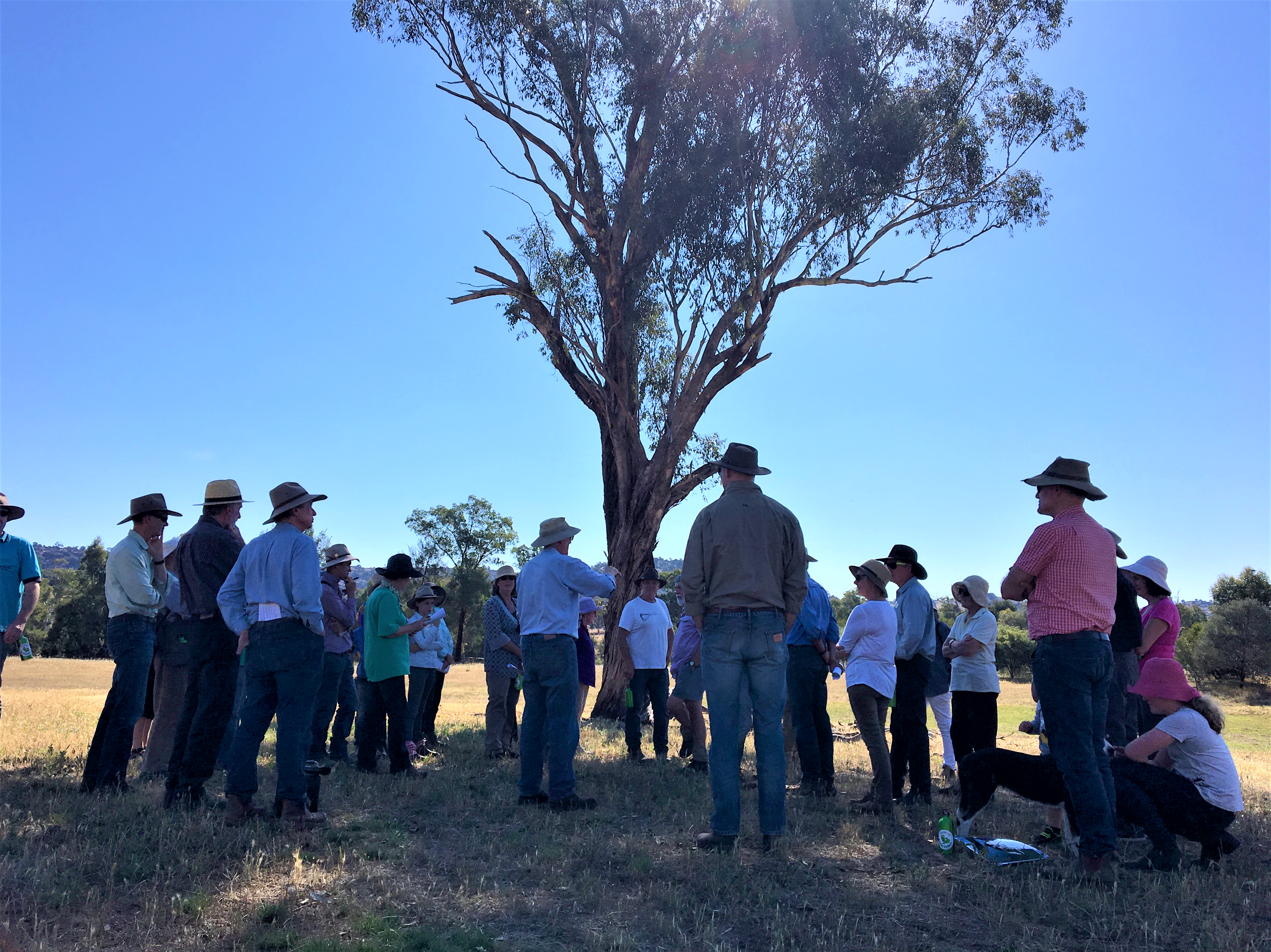
Managing the dry times in Hovells Creek
Hovells Creek Landcare, NSW received an FRRR grant to support a series of workshops to increase land management knowledge and strategies, at the same time as strengthening community and social connections and wellbeing.

Shed helps create a community and strengthen networks
The Roughlie Community Centre was borne from seed funding received from an FRRR grant in 2016 to build a Shed for the community to come together to fundraise and plan the centre. Five years on, the Community Centre is a thriving hub providing an essential meeting place for the local community.
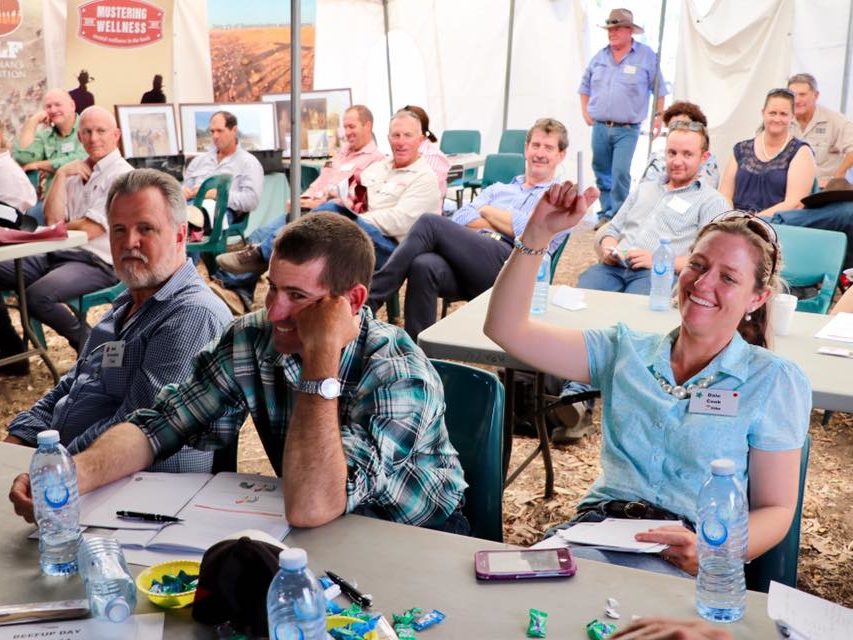
Gulf Graziers
Beef Up Showcase
Beef Up Karumba brought together beef industry and supply chain experts to a small number of people who feed a large group of people, and presented an opportunity for participants to socialise with a Gala Ball held at the end of the two days. It was supported through FRRR’s TTTT program.

